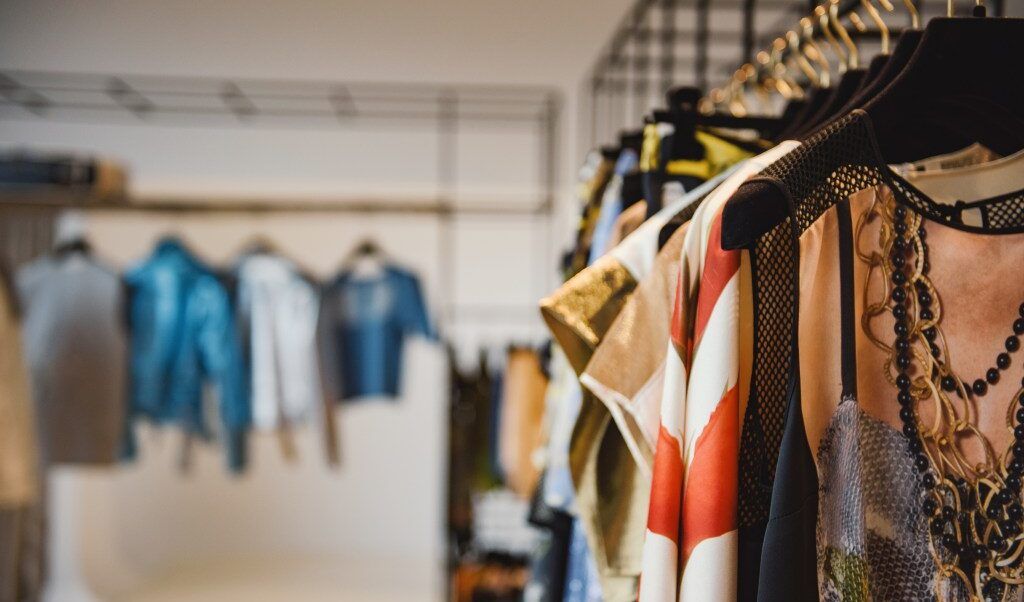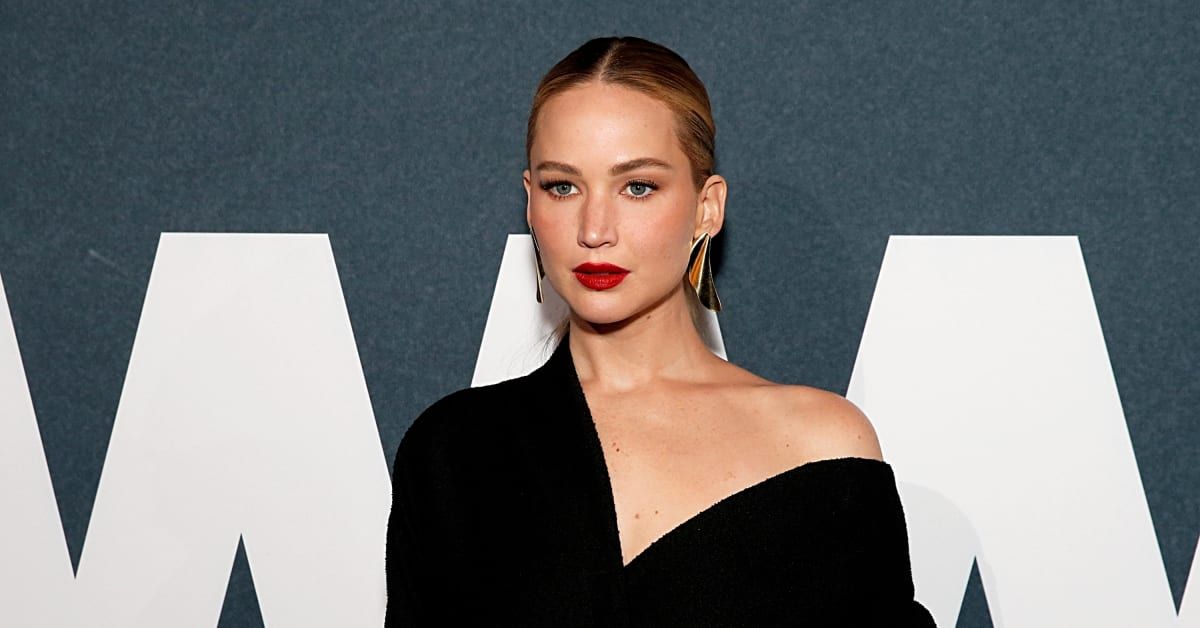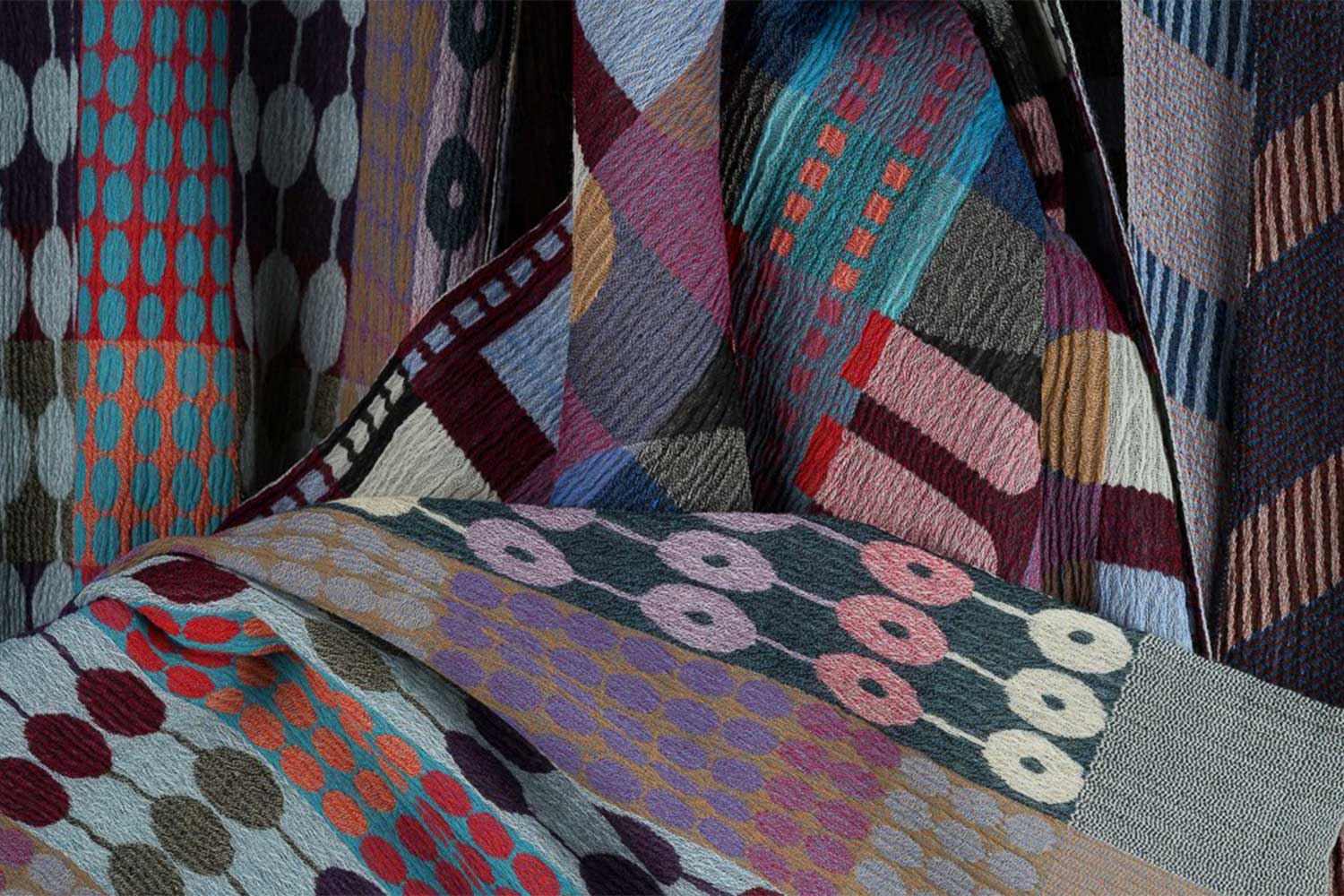Apparently, there’s the economy — and then the fashion economy.
Overall, the U.S. economy is not just strong, but surprisingly strong, with the Commerce Department reporting Thursday that third-quarter GDP grew by 4.9 percent from the second quarter, at a seasonally adjusted annual rate.
That was well above the 3.8 percent gain economists projected, according to FactSet.
The performance was powered by consumers, who pushed personal consumption expenditures up by 4 percent.
But the outward strength was belied by several factors — all key to the fashion economy.
For one, the personal consumption expenditure price index — which tracks the price of both goods and services — was up 2.9 percent. That has inflation accounting for a majority of the overall spending gains.
And while people are spending more, they’re spending much of it in areas outside of fashion.
“The increase in consumer spending reflected increases in both services and goods,” said the official GDP report. “Within services, the leading contributors were housing and utilities, health care, financial services and insurance, and food services and accommodations. Within goods, the leading contributors to the increase were other nondurable goods — led by prescription drugs — as well as recreational goods and vehicles.”
Apparel and footwear did its part — contributing 0.12 percentage point to the overall 4.9 percent gain in GDP — but other categories are clearly taking precedence, by need or desire.
This has been apparent for some time in company reports.
Mass merchants like Walmart Inc. have been talking about how consumers have pulled back from discretionary purchases like apparel for more than a year.
And that consumer caution has been moving up the price scale.
This week, Kering turned in a 13 percent drop in third-quarter sales as it pulled back in some facets of its business — particularly in the U.S.
“Against an adverse macro backdrop, retail trends were affected by weaker installed traffic together with a lower contribution from online,” said Jean-Marc Duplaix, deputy chief executive officer in charge of operations and finance, on a call with analysts. “Wholesale was down sharply, reflecting our increased control of our distribution as well as some cuts in orders. We remain fully dedicated to our strategy of further tightening distribution. It will yield long-term benefits for our houses even if it entailed some short-term pain, notably in the U.S.”
Luxury competitor LVMH Moët Hennessy Louis Vuitton has also reported pressure on the U.S. aspirational customer this year.
While not the pain of the recession that was forecast, some pain seems to be the order of the day.
Forecaster Craig Johnson, president of Customer Growth Partners, recently projected a 2.1 percent gain in U.S. holiday sales this year indicating that, excluding inflation, holiday spending actually will decline.
“After two years of warp-speed growth, consumer spending on goods is easing to near-normal historic rates — and then some,” said Johnson, predicting that the holiday season this year will be the slowest since 2012.




